You may have heard of mCommerce or mobile commerce as the next big thing from online business entrepreneurs around you as M-commerce continues to grow more and more year after year. Many questions might be roaming in your head like
❓ Are E-commerce and M-commerce different things or the same?
❓ Is it useful investing in M-commerce for my store?
❓ What are the boons of M-commerce?
All these queries will be answered in this comprehensive piece of content. We will deliver elaborative content to help you dive into the M-commerce world.
Contents
- 1 What is M-Commerce?
- 2 Key Benefits of M-commerce
- 3 Types of Mobile Commerce Applications
- 4 How Does Mobile Commerce Work?
- 5 Features of M-commerce
- 6 Mobile Commerce Strategies for Business
- 7 Future Opportunities that M-commerce Offers
- 8 Difference between M-commerce and E-commerce
- 9 mCommerce Growth & Trends
- 10 M-commerce Statistics you need to know
- 11 The Future of Mobile Commerce
- 12 5 Best Mobile Application Examples
- 13 M-commerce Challenges to Overcome
- 14 The takeaway
What is M-Commerce?
Mobile commerce or M-commerce involves the use of wireless devices like mobile phones and tablets to perform commercial activities like purchasing and selling of goods, bill payments, online transactions.
Mobile commerce basically refers to buying and selling things through mobile devices and tablets. It is a part of E-commerce that works with mobile devices. M-commerce facilitates shoppers to access shopping platforms without the need for desktop computers. M-commerce induced the emergence of new industries and the growth of existing ones in new directions. The innovations include the following:
- Mobile banking
- In-app purchasing
- Mobile marketing
- Mobile ticketing
- Mobile payments
Key Benefits of M-commerce
Now that you know the fundamentals of M-commerce, perhaps you are thinking about why many businesses are investing in mobile commerce. The reality is M-commerce offers numerous benefits to businesses and customers who utilize it.
Here are a few important benefits to help you know why your business needs M-commerce:
Broader Scope
Mobile commerce authorizes businesses to embark on new markets that have a large user base. Today there are 7.26 billion people globally who own a smartphone. In other terms, 91.69% of people from the total world’s population use mobile phones.
Every smartphone user is a potential customer and with such a huge customer base, businesses can generate sales leads with a lot of new opportunities. Shopping will be much easier for customers through mobile phones.
Think about shopping in the physical stores. Customers have to drive through your store, find the product in your big store, stand in a queue for billing, and then drive back home. While with m-commerce, customers can shop at any time and place, even on the way.
Omnichannel Experience
Omnichannel is a special power of mobile commerce. Omnichannel experience includes customers’ experience across various online and offline channels for shopping. Examples of omnichannel include physical stores, online channels, social media platforms, online marketplaces, and mobile apps.
Businesses are working hard to stay ahead of the curve and be available where potential customers are. Mobile commerce enables enterprises to connect with customers where they are already available.
M-commerce enables enterprises to use multiple channels to reach customers. M-commerce also makes it possible to carry out multi-channel marketing and sales tactics.
Enhanced Customer Experience
The benefits of E-commerce are in front of our eyes. It made shopping convenient for customers. One can browse products, compare prices and shop through laptops and computers without the need to visit the physical store. There is no bad saying that everyone got used to online shopping.
With the appearance of mobile commerce, we do not even have to open our laptops and computers. M-commerce makes it possible to shop round the clock from any place through handy mobile devices.
Mobile commerce allows enterprises to deliver a unique and personalized service to customers. Better customer experience leads to increased customer retention rates and revenue.
Insightful Customer Data
In a brick-and-mortar store, we never know when a customer comes, makes a purchase, and leaves your store.
❓ At what time do they buy your product?
❓ What influenced them to buy?
❓ Which products do they compare with?
Mobile commerce can help gain better insights into customers’ journeys and thus help in answering all the above questions. Mobile commerce allows tracking of customer data that exhibits customer purchasing behavior and preferences.
You can offer a personalized purchasing experience to your buyers with the help of this data. Also, you can show the relevant product to the appropriate customer at the right time.
Faster Browsing & Buying
Customer’s time is precious and in this fast-growing world, no one has time to wait for your site to load. Hence, businesses always look for ways to offer a faster and more convenient buying experience to customers. Faster buying is one of the major benefits of mobile commerce.
Mobile commerce offers faster processing and speed compared to traditional websites. In case you do not want to invest in mobile apps, you can also use PWAs (Progressive Web Apps) that convert your website into an app-like interface. PWAs include features like easy installation, responsiveness, security, offline mode, push notifications. Improved user experience leads to better sales.
Types of Mobile Commerce Applications
Mobile commerce involves a broad set of transaction options. However, we can divide mobile commerce applications into the following three types:
Mobile Shopping
Mobile shopping is much similar to E-commerce shopping. The only difference is it involves shopping through mobile devices. This includes dedicated mobile apps, mobile responsive websites, and social media platforms like Facebook and Instagram that allow in-app purchasing.
Mobile Banking
Mobile banking facilitates customers to carry out transactions. Transactions are performed using a dedicated and secured app that is provided by the banking institute. Some financial institutions are now experimenting with chatbots and messaging apps to deliver a better customer experience.
Mobile Payment
Mobile payments options permit users to pay for products using their mobile devices. Digital wallets allow users to make payments without needing to enter card details or pay with cash. Today there are many various mobile payment options available that customers can utilize to make payments through mobile devices.
How Does Mobile Commerce Work?
M-commerce is merely an E-commerce business carried out using mobile devices or any other wireless device. You need a user-friendly mobile app to carry out mobile commerce successfully.
Mobile commerce makes use of wireless technology to conduct purchases, services, payments, and communication. Contact-free payment is possible using the mobile device with the aid of Near Field Communication (NFC). As the mobile gets linked to a bank account, the phone can be connected to a payment gateway service.
Developers of the mobile application must keep an eye on mobile traffic, average order value, page load times, mobile conversion rates, subscribers, number of visitors converting into customers, and more.
Features of M-commerce
Mobile commerce makes it convenient for customers to buy products because they use mobile devices on a regular basis. Hence M-commerce helps in increasing the revenue of your store. Features of M-commerce are:
- Universality – Mobile commerce offers all-time accessibility of information to customers. The user can get solutions to their query related to products quickly.
- Convenience – Devices like mobile phones and tablets are always nearby. Hence, M-commerce offers easy accessibility of the products to users.
- Interactiveness – The customer can easily interact with the businesses using M-commerce. The user finds it comfortable to directly locate the product instead of searching all the categories.
- Determining Location – Mobile commerce makes it easy for business owners to target customers in a specific place.
- Personalization – Business owners can set up services that help customize the experience of users with the help of mobile commerce.
Mobile Commerce Strategies for Business
Smart mobile commerce strategy is very important to increase user engagement and customer retention for your business. To help businesses plan their marketing and sales strategy for mobile commerce, here are a few strategies to be taken note of.
Set up Mobile App
If you don’t have a mobile app for your E-commerce business, you are missing a large number of potential customers which is an important point to look into. Mobile app is a must to deliver an improved and more personalized experience to customers. Hence, focusing on Mobile App Development is your first priority when practicing mobile commerce.
Look at Design
Content is the key but you must also not ignore the design. The mobile-optimized design includes how the customer interacts using a mobile. Make sure the important part of the design does not get hidden at the place of the thumb. Check if the buttons are large enough for mobile devices.
Keep SEO in mind
SEO is a must and it is everywhere. Make sure the app content and the app store content is framed keeping SEO in mind. This will help customers reach you easily and you can accelerate your business sales. Meet SEO Experts that can help increase your brand identity.
Simplify Checkout
Easy and quick checkout is loved by customers. Streamline the in-store and in-app purchases. Customers who have an option to make payment while buying from the store find it comfortable and also the in-app purchases should be completed with fewer clicks.
Make use of Push Notifications
Push notifications can immediately reach customers compared to email notifications. You can send various types of notifications to a customer’s home screen through push notifications. Say, for instance, a person using your app has left their cart. You can send push notifications to remind them to complete the purchase.
Keep it Brief and Concise
You might have created a user-friendly, beautiful app for mobile. But does it reach your audience? If not, then all in vain. You need to plan your marketing strategies to attract more and more customers to your mobile app. An app that provides a good user experience is necessary but along with it, you must also focus on brand awareness. While advertising on mobile, you have a very short time to grab customers’ attention. So it is recommended to use attractive images and short content.
Future Opportunities that M-commerce Offers
M-commerce is a revenue driver for businesses in this competitive market. Hence, merchants are investing in mobile commerce for a good cause.
The mobile commerce outbreak is directly related to the betterment of smartphone technology. Consumers are also using mobile devices more than communication devices due to their easy accessibility, better user experience, and rich media content.
Growing Number of Users
Compared to PCs and laptops, people spend more time on cell phones. This has led eCommerce merchants to rely more on mobile commerce.
Customized User Experience
Mobile can provide a more customized experience to customers as compared to desktops and laptops. This personalized user experience can result in increased revenue and income for your business.
Geo-location Targeting
Mobile devices can enable location aspects. This has helped many industries to provide services to customers based on location. Hence, the efficiency of service provided to customers has increased.
Difference between M-commerce and E-commerce
Although E-commerce and mobile world are based on the same principle, there has few differences. Understanding the difference between M-commerce and E-commerce can help you stay in the business game and better target your audiences.
Mobility
E-commerce activities are done usually through desktops and laptops. So the user has to look for a proper spot to do the purchasing. It is difficult to flip the laptop and look for products on the website.
While M-commerce activities are carried out through mobiles and tablets. Mobile phones are easily accessible from anywhere. Hence, the purchase can be completed with just a few touches on the screen. The user can also pay through mobile wallets with their mobiles and tablets.
Location Tracking
E-commerce has limited capabilities for tracking location due to a lack of portable devices. M-commerce can make use of location services to provide location-based discounts and personalized content. The business using mobile commerce can target customers with specific locations to offer them discounts on their products.
Push Notification
Another advantage of mCommerce over eCommerce is the use of push notifications. Compared to email, push notifications have higher open rates. Customers can take quick actions with push notifications and they find it less invasive.
Promotions using email have a high risk of going into the spam folder and being ignored by customers. While push notifications can be directly sent to the user’s screen. Push notifications can be made attention-grabbing using images and personalized content.
Security
Frauds are increasing day by day. E-commerce transactions are carried out using credit cards. This increases the risk of fraud. Also, the accounts of shoppers are not strongly secure. Username and password cannot provide a high level of security in this modern-day hacking system.
On the other hand, M-commerce can provide an additional layer of security with device identification. Also, biometrics technology including fingerprints and facial identification can lessen the fraudulent attack at a significant level.
Omnichannel
Brands are targeting customers to provide a consistent shopping experience. As E-commerce is dependent on computers, it has less mobility and portability. While M-commerce with high mobility can provide a persistent experience to customers.
Mobile apps can help in increasing customer engagement with the store. Personalized and customized shopping experiences can be enabled using mCommerce. Merchants can immediately respond to customer queries resulting in higher conversion rates.
mCommerce Growth & Trends
Mobile commerce is on the rise and has dominated the market in the past few years. To boost your business sales, you cannot ignore customers on mobile. To provide an enhanced user experience, you have to keep abreast with the latest M-commerce trends.
Here I will present you modern M-commerce trends, customer behavior, and market to help you build a strong mobile strategy.
Trend #1 – PWAs (Progressive Web Apps)
Brands are expected to think about mobile-first while setting up their online shop. The primary goal of online shops is to increase their profits. PWA is an essential trend for mobile commerce. Progressive Web Apps are mobile application-based websites. Brands have started using PWAs for a better user experience on a mobile device still using a browser.
Trend #2 – Mobile App
The use of mobile apps by customers is growing at a rapid pace. Undoubtedly, more and more customers are utilizing mobile devices to purchase online. 2022 is the year of mobile shopping apps and thus a mobile optimized eCommerce app is not enough. Hence, shop owners need to shift from browsers to mobile apps. Get a readymade Mobile App.
Trend #3 – Social Commerce
In the past years, it was difficult for online owners to convert social media users into customers due to the limitations of social media platforms. The customer has to navigate from social media to website product pages. But now the scenario has completely changed. With the emergence of Facebook Shop and Instagram Shop, the user can buy without leaving the platform. Hence, social commerce will be a significant trend in 2022.
Trend #4 – Voice Commerce
Voice shopping is a trend that most E-commerce owners overlook. By the end of 2022, 70% of consumers will use voice shopping. Thus, voice search is going to rule the market for the coming years. Hence, you must upgrade your website for voice search and enable a voice search feature for your mobile app as well.
Trend #5 – AR and VR
Augmented Reality (AR) and Virtual Reality (VR) are common terms for mobile commerce trends. The concept of AR has already been initiated in mobile shopping apps. AR can be used to recommend customers the best match for the product. Customize products using the virtual reality trend. AR and VR will help customers see exactly how the product will fit in real life.
Trend #6 – Mobile Payment
In the last few years, the trend of digital wallets has increased rapidly. Besides online shopping, it implements in-store shopping as well. While shopping online through a mobile app, consumers use digital wallets like Google Pay or Apple Pay. For contactless shopping in-store, consumers use digital wallets for payments in physical locations.
Trend #7 – One-click Purchasing
Another important mobile commerce trend in 2022 is one-touch purchasing. The checkout process is quite tedious for customers on mobile screens to enter information like name, address, credit card details, etc. This will result in a higher abandoned cart rate. Enabling one-click checkout for customers in your mobile app can reduce the abandoned cart rate and help the customers quickly complete the ordering process. Hence, it is a favorable situation for both.
Trend #8 – Mobile Chatbots
The use of chatbots for E-commerce websites has been popular for many years and is not going anywhere in 2022. Almost every online shopping site uses an online chatbot to assist customers while shopping. This trend goes on for mobile commerce as well. There are chances that a customer needs assistance while buying. Chatbots help quickly answer customer queries and they can carry on with their ordering.
M-commerce Statistics you need to know
To help you get better insights on mobile commerce, here are some of the thrilling M-commerce stats that show the impact of mobile commerce now and in the future.
- M-commerce market size is predicted to rise to $488.0 billion or 44% of e-commerce by 2024. – Business Insider Intelligence
- 89% of people use mobile devices before buying groceries from physical stores. – Litslink
- Mobile commerce retail sales are expected to strike $135.47 billion by 2024. – The Circular Board
- 83% of shoppers use some kind of shopping app on their smartphones. – Emizen Tech
- The mobile payment market will notice 24.5% growth by 2026. – 99firms
- The mobile coupon industry is intended to grow by 56.5% by 2025. – 99firms
- 70% have already downloaded a mobile app from the retail shop. – 99firms
- 65% of all eCommerce traffic comes from mobile devices. – Jmango360
- 76% of buyers make a purchase through mobile devices because it saves time compared to desktop or laptop. – Jmango360
- Above 1 billion users use mobile phones to carry out banking. – Tech jury
The Future of Mobile Commerce
The future of mobile commerce looks gleaming. As buyers’ habits change, so do retailers find ways to stay at the forefront. An eCommerce business that isn’t using mobile commerce is lagging back compared to its competitors.
Looking at the M-commerce benefits, trends and stats, it is clear that the mobile market will bloom in the future. Keeping up with the mobile trend has become crucial for online business owners.
Following are the main reasons why mobile commerce will be unavoidable in the future:
- Mobile users continue to grow.
- Internet browsing via mobile is more convenient compared to desktop.
- Mobile commerce sales are ever-increasing.
- Consumer habits are affected by mobile devices.
- Consumers look for products on mobile before buying from physical stores.
M-commerce will be the star in the eCommerce world. Hence, taking a step into mobile commerce is a no-regret decision for merchants.
5 Best Mobile Application Examples
Here are a few of the excellent mobile applications to look for if you are deciding to embark on the mobile app world.
Amazon
Image Source: Amazon India – Shop and Pay
Amazon is a well-known and highest downloaded shopping app in the world. With hundreds of products, it allows users to shop swiftly even on the go. Customers can monitor their orders in real-time from the dashboard and even receive notifications on their mobile phones. The unique thing about Amazon is that it provides personalized recommendations to customers that improve user experience. Multiple payment gateways help in streamlining the checkout process of the Amazon app. Apart from shopping, Amazon also offers bill payments, recharge, money transfers and more.
Starbucks
Image Source: Starbucks India
Starbucks, a global coffee shop has a stellar mobile app. Customers can pay in-store via the app just by scanning the code. The app also allows you to keep track of stars and rewards. Users can redeem rewards through the app. Starbucks app permits users to track the physical location of the shop and check opening hours. Hence, the app provides a faster, seamless and personalized user experience.
ASOS
Image Source: ASOS
A shopping app possessing thousands of products, ASOS provides an astonishing user experience. One of the prime features of ASOS is style match. Users can send a picture and the app shows recommendations of products that perfectly suit the user. Customers also receive alerts about sales and promotions. Moreover, the app user can have a seamless experience of shopping with a 360-degree view of the product.
ASDA
Image Source: ASDA
ASDA is a grocery app allowing users to shop from the full range of groceries sitting at home or on the go. Item scanning is a special feature with which users can quickly add items to the list just by scanning the barcode. To save customers’ time, it allows creating item lists beforehand. Users can even rapidly collect grocery items from the store skipping the long queue. Find recipes and quickly add ingredients to the shopping basket with one click.
easyJet
Image Source: easyJet: Travel App
Flight bookings are made easy with the easyJet app. You can search, book and manage your bookings smoothly with the help of their app. Do not worry about your holiday bookings, hotel, restaurant, accommodations, flights, all can be managed through this app. Check-in via scanning your passport, collect boarding passes quickly through your mobile and track the arrival and departure of your flight.
Receive flight notifications and stay updated about each and every step of your journey. One of the remarkable features of easyJet is its look and book. Upload a photo of any destination unknown to you and the app will tell you where it is and which flight can take you there.
M-commerce Challenges to Overcome
Despite the growing demand for mobile optimization for online owners, there are a few factors that can hinder the experience of customers on mobile devices.
Limitation of Screen Size
Mobile devices have smaller screen sizes so the user has difficulty with input. Also, memory limits and battery life issues can defect the use of mobile commerce. To provide a smooth user experience, store owners can reduce the input fields for customers on mobile and power banks are the solution for restoring the batteries.
Payment Problems
Due to the smaller screens of mobile phones, users find it pretty hard to enter the credit card details while paying. Furthermore, there is a problem with security with mobile devices. The mobile device has a risk of getting stolen or misplaced which leads to loss or misuse of data.
Increasing Crowd
The mobile devices are crowded and the product you offer is available in many places. To win in this tough competition, you need to provide a simplified buying experience to your customers. It is becoming quite difficult for store owners to beat giant competitors with advanced solutions for the M-commerce industry.
The takeaway
We cannot determine how mobile commerce will grow in the coming years. But one thing is sure, if merchants do not invest in mobile commerce, they will be missing a lot of business opportunities in the end. Shift from eCommerce to M-commerce is inescapable. M-commerce offers better engagement that contributes to brand awareness, increasing revenues, and satisfying experiences for the customers.
Are you wanting to enter the mobile world by developing a Mobile App for your E-commerce store? Get in touch with us. We have helped many businesses shift their business to mobile and their sales graphs have marked considerable output.



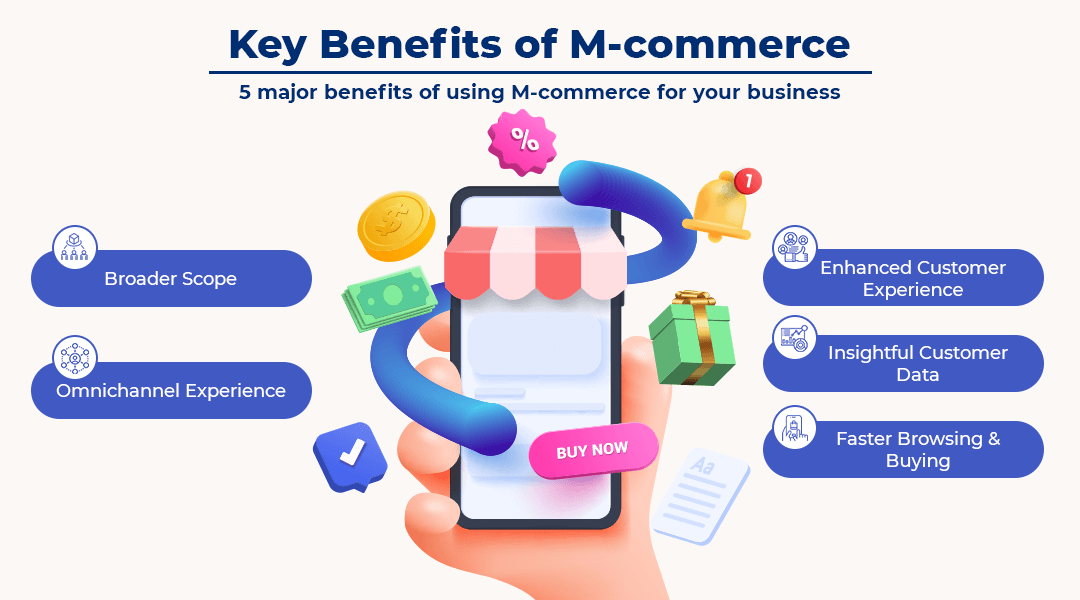

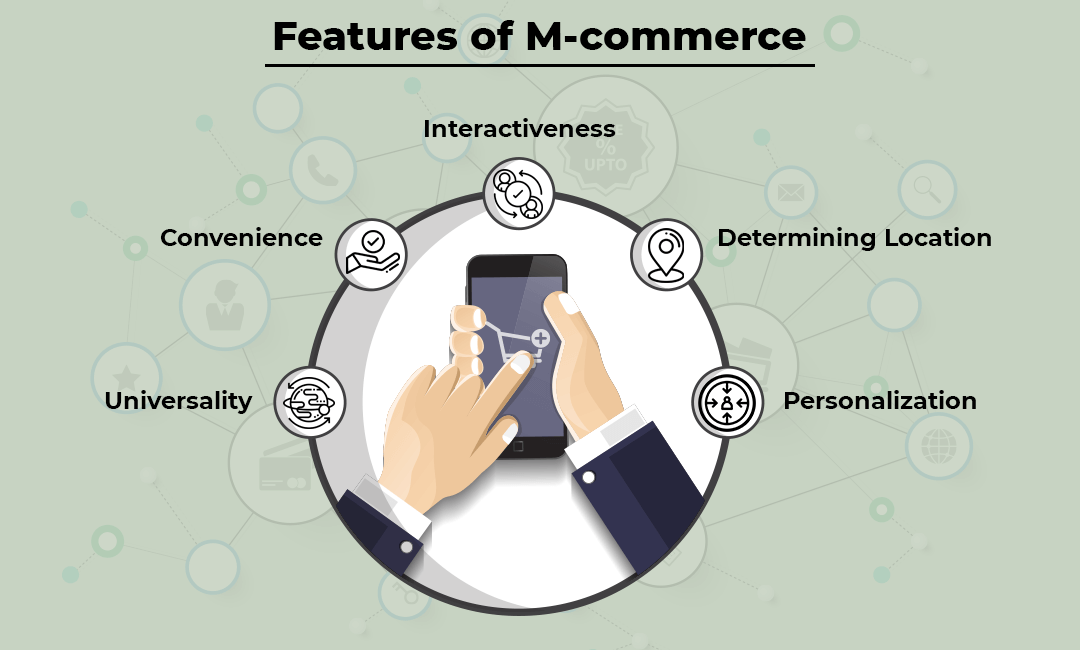
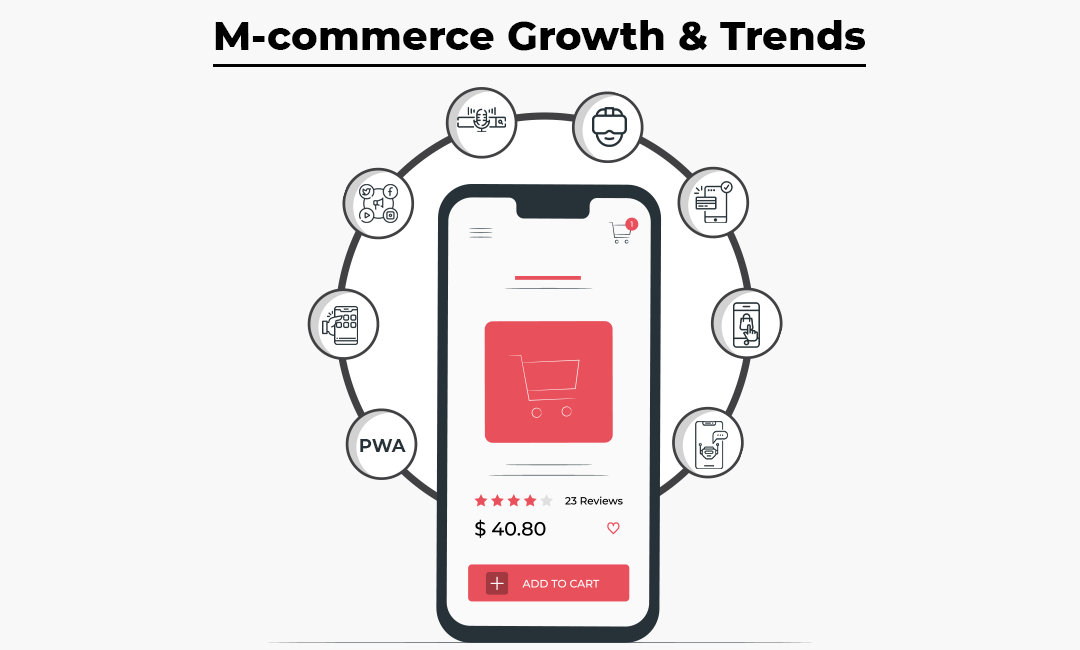
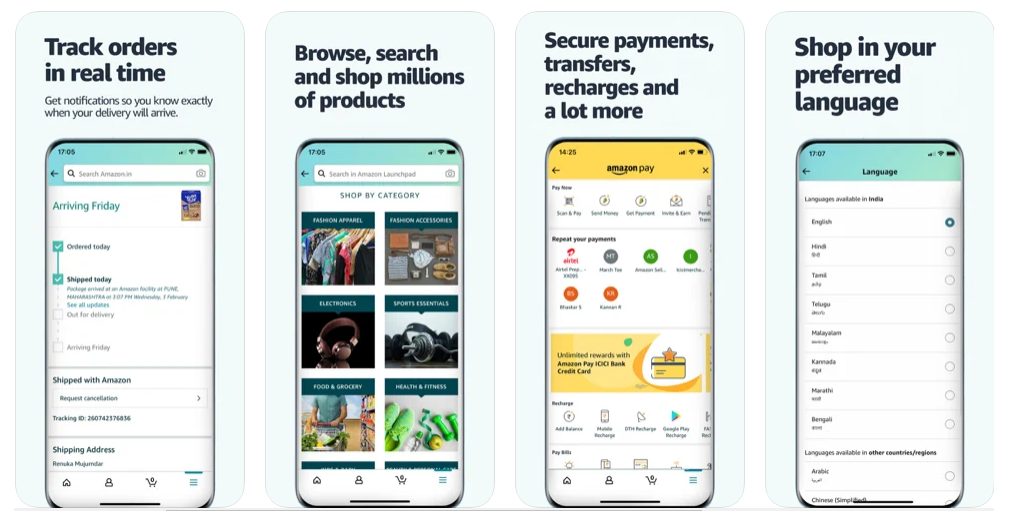


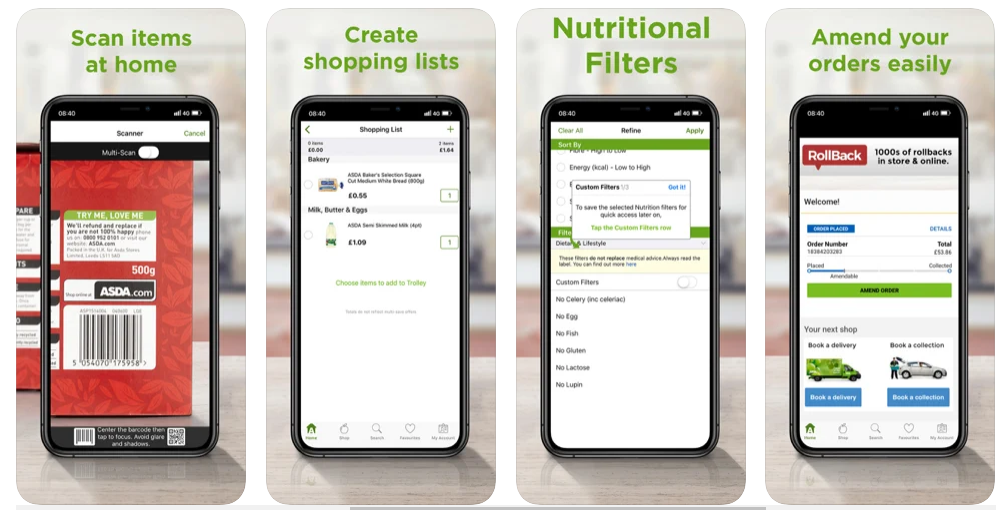
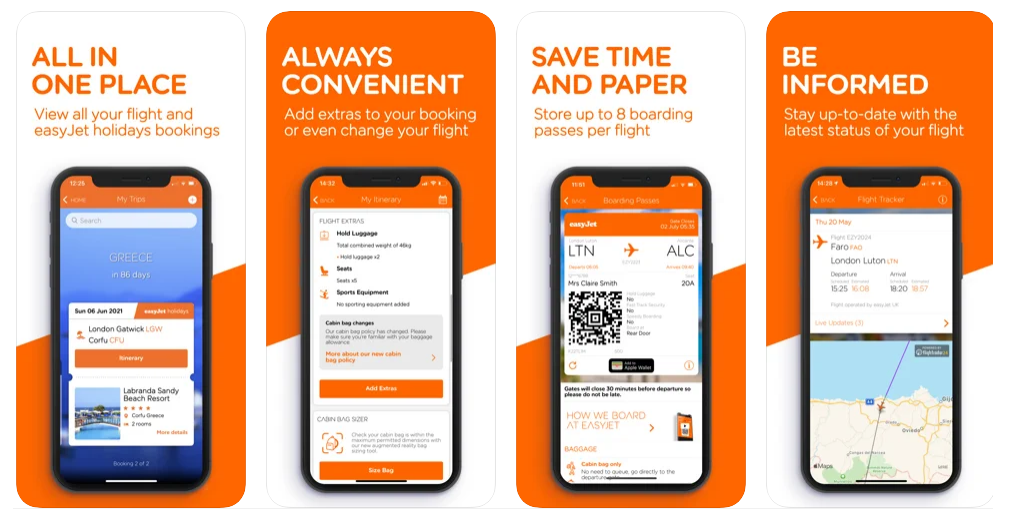

“Fantastic article! Your insights on Mobile Commerce in 2023 are spot-on. I appreciate the comprehensive coverage. Looking forward to more valuable updates like these. Thank you!”
very good article by the way, thanks for sharing.